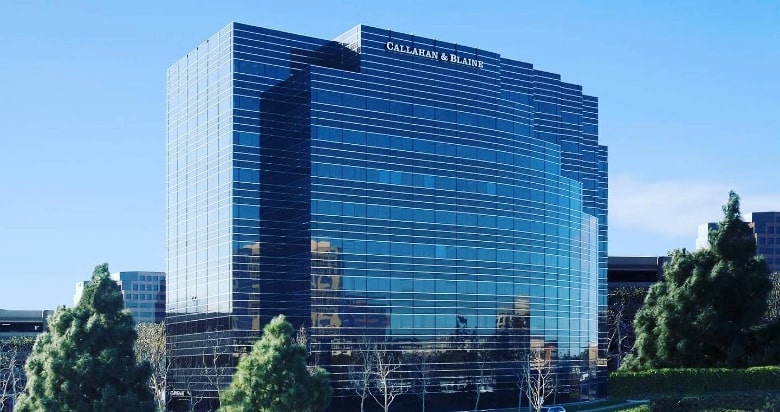Brain injuries can cause lifelong effects.
The U.S. Centers for Disease Control and Prevention (CDC) reports that there are about 2.5 million new cases of traumatic brain injury each year that require medical attention. These run the gamut from relatively minor (a mild concussion, for example, the effects of which should run their course in about a week) to severe (an open head and brain injury received in a car accident that puts the patient in a coma).
Many of them – about 50,000 – are serious enough that they result in death. Another 280,000 require hospitalization for advanced treatment. Serious brain trauma has the potential to result in life-long consequences or even be fatal.
COMMON CAUSES OF TRAUMATIC BRAIN INJURIES (TBI)
The CDC reveals that most common cause of TBI and other head injuries isn’t car accidents, as many people assume, but is actually falling. Falls account for approximately 40 percent of all TBIs reported annually, and disproportionately impact children between birth and the age of 14 (causing 55 percent of all TBIs) and the elderly (causing 81 percent of TBIs in people over the age of 65). Falls can easily result from, for example:
- A retail establishment employee leaving a trip hazard in a walkway
- An unsecured stairwell in a daycare center or nursing home
- Inadequate lighting after dark in an apartment complex’s courtyard
Motor vehicle accidents make up a substantial portion of the total number of brain injuries suffered each year, as well as comprising the second-leading cause of death from TBI complications. Brain injuries sustained in car accidents can come from a number of different circumstances, including:
- Distracted drivers who cross the center line and strike other vehicles
- Faulty airbags that either deploy too soon, causing a crash, or don’t inflate at all, resulting in inadequate protection
- Drunk drivers
- Being struck by a vehicle while as a pedestrian or bicyclist (especially if the bicyclist wasn’t wearing a safety helmet)
- Defective vehicle components, particularly brake issues or steering problems that won’t let drivers avoid accidents
- Dangerous roadways, the design of which can increase the chances of being involved in an accident
- Fatigued truck drivers who fall asleep behind the wheel, causing catastrophic accidents
The CDC reports that other leading causes of TBI include contact sports, being hit or struck by blunt objects and assaults/crimes.
CALCULATING THE COSTS ASSOCIATED WITH A BRAIN INJURY
Diagnosing brain injuries themselves can be difficult, because sometimes there are no external signs of an injury. This is often the case with concussions and hypoxic brain injuries (those resulting from a lack of oxygen). In addition, brain trauma may not immediately show up on tests like MRIs or CT scans, so it may be overlooked until severe damage is done.
Once damage has been done to the brain, however, the victim’s life may never be the same. Brain injuries can cause a host of possible side effects, including:
- Speech problems
- Loss of muscle control
- Comprehension difficulties
- An inability to walk/perform tasks
- Difficulty attempting higher thought processes
- Lack of concentration
- Personality changes
- Development of depression or anxiety following the injury
Months or years of physical, occupational and vocational therapies, combined with aggressive medical treatments, surgeries and medications, can allow some patients to regain function, but this isn’t always the case. Some people are left as virtual shells of their former selves following a serious brain injury, requiring lifelong at-home assistance or in-patient treatment.
All this comes at a steep price. Research studies have shown that TBIs result in annual expenditures of – including medical care and indirect costs (like home rehabilitation or new vehicles necessary to accommodate wheelchairs, substance abuse treatment, depression therapy, in-home housekeeping assistance, etc.) – of approximately $76 billion. An individual brain injury can result in millions of dollars in losses once initial medical treatment, ongoing therapy, lost wages, property damage and pain and suffering are all figured.
It is important when dealing with a brain injury, particularly one caused by the negligent actions of another person or business entity, that both the short-term and long-term impact is considered. If you or someone you love has suffered a TBI that is the fault of someone else, call on the experienced personal injury attorneys at Callahan & Blaine. You can reach them at 714-241-4444 or contact them online to schedule an initial case evaluation.

